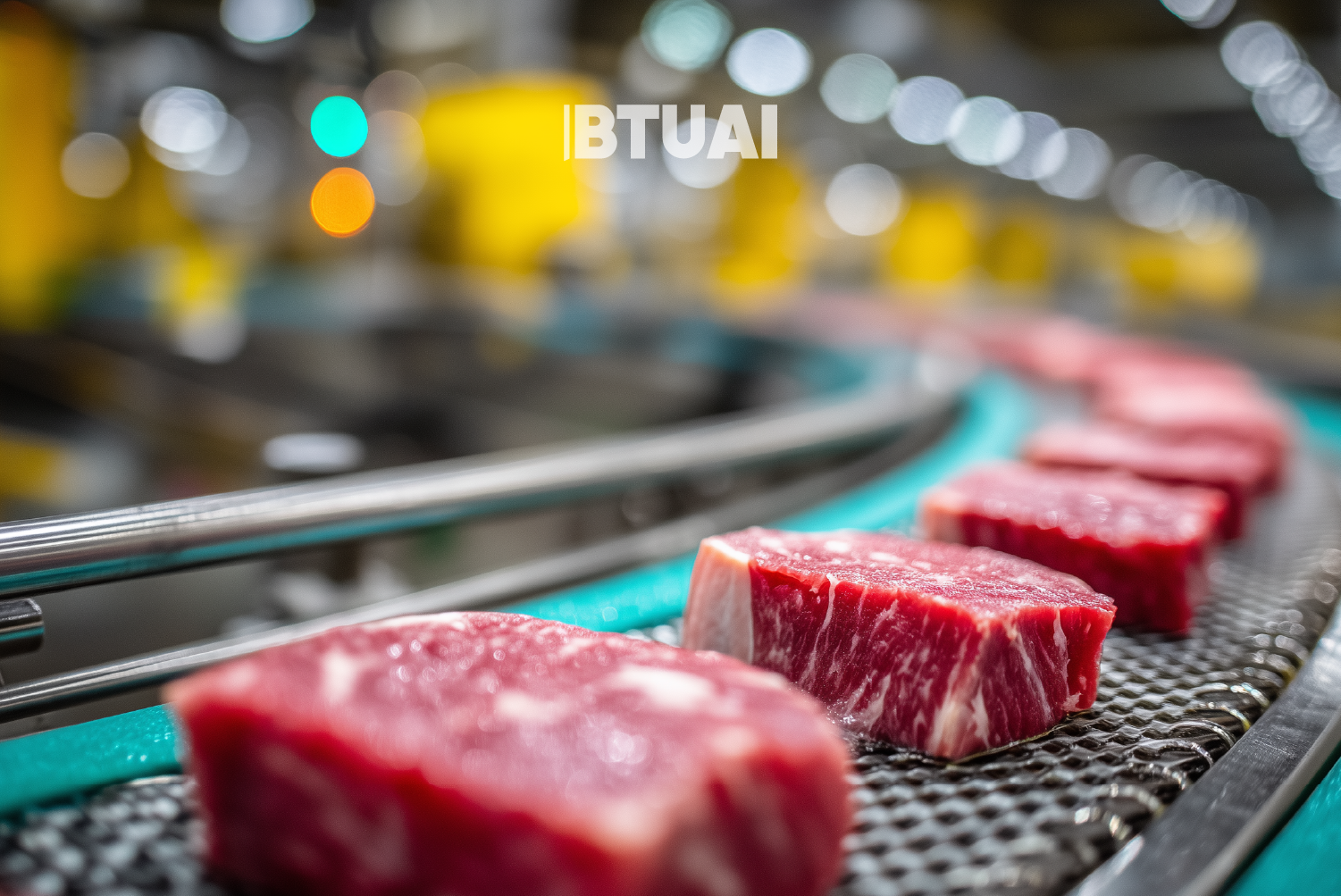Meat Production Structure: Why Is the Number of Facilities Declining in Georgia?
According to 2024 data, Georgia’s meat production sector is undergoing significant transformation — the number of animal and poultry

According to 2024 data, Georgia’s meat production sector is undergoing significant transformation — the number of animal and poultry slaughterhouses in the country dropped from 144 to 131. This trend reflects a combination of market optimization, tightening regulations, growing competition, and increasing pressure to meet modern technological standards. Despite these shifts, the sector remains one of the most labor-intensive and geographically widespread industries, with pronounced regional disparities: 17.6% of slaughterhouses are located in Kakheti, while Kvemo and Shida Kartli each account for 16%, Imereti for 13.7%, and the remaining 26% are distributed among other regions.
Over the year, a total of 520,000 livestock animals were slaughtered in these facilities, nearly 70% of which were small ruminants (such as sheep, goats, and pigs), while the remaining one-third were cattle. As for poultry, 12.24 million birds were slaughtered in Georgia in 2024, reflecting the scale of the industry and the prominent role of small-scale household farms.
Total meat production exceeded 63,000 tons, with 29.9% coming from cattle, 35% from poultry, and 33.9% from pigs. A smaller share came from sheep and goats, once again underscoring the Georgian market’s specialization in pork and poultry products.
Of the meat processed at slaughterhouses, 8.7 thousand tons were purchased by the slaughterhouses themselves for resale. Among these, pork accounted for 63.5% and beef for about one-third.
The infrastructure of slaughterhouses has seen considerable improvement: nearly half meet modern standards fully, 46.6% are partially modernized, and only 3.8% do not meet any current technological requirements. These upgrades contribute positively to food safety and production efficiency, though they also increase operational costs — a potential challenge for smaller operators.
The sector also plays a notable role in employment, with an average of 1,113 people working in slaughterhouses across the country. Service pricing varies by animal type — slaughtering cattle costs an average of 38 GEL, pigs 30.8 GEL, and sheep or goats 14.9 GEL.
Financial pressure in the sector is relatively low: two-thirds of slaughterhouses do not use loans at all, while the remaining third take out loans mainly for capital improvements.
Ultimately, the 2024 snapshot reveals that Georgia’s slaughterhouse sector is undergoing structural transformation — moving toward consolidation, technological standardization, and enhanced service quality. However, it remains essential to preserve regional diversity, accessibility for consumers, and the involvement of small-scale farms to ensure the sector’s long-term sustainability and competitiveness.




